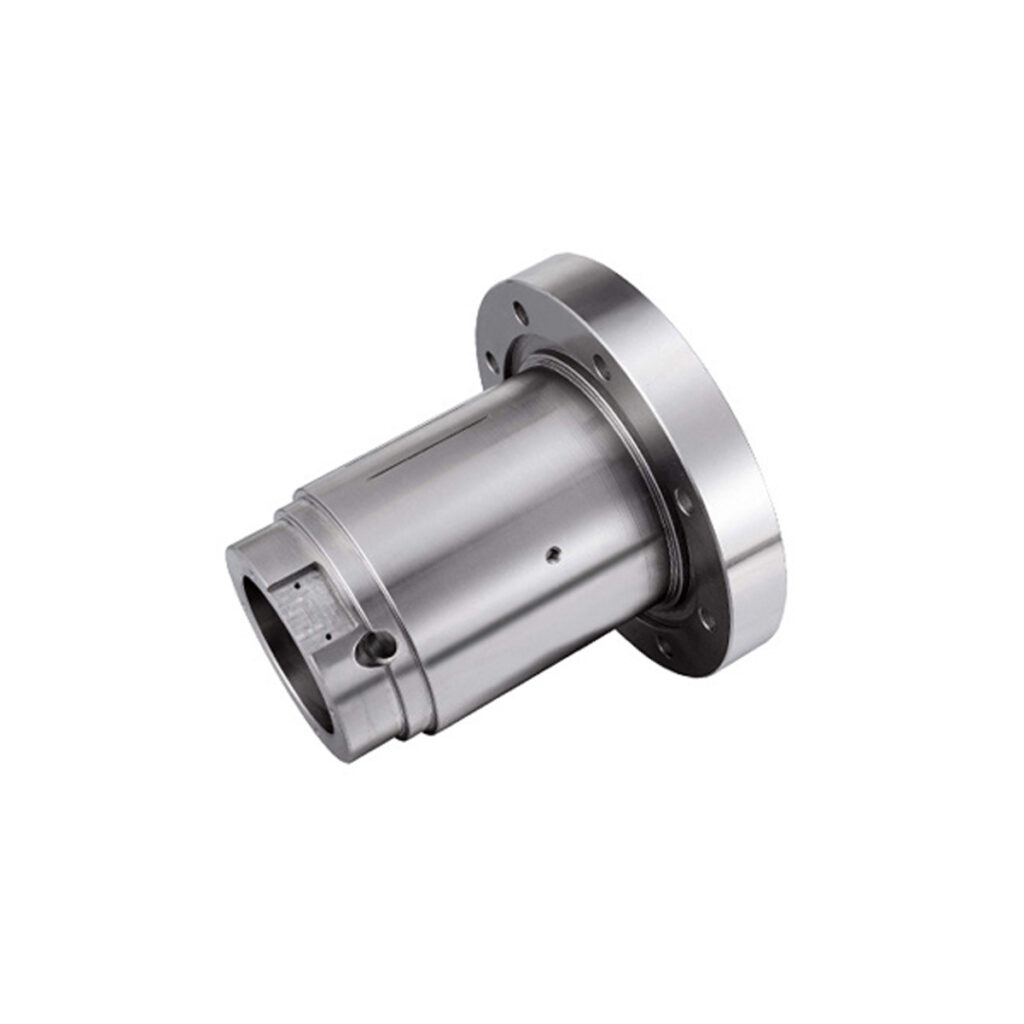Introduction
In precision manufacturing, the difference between ±0.1mm and ±0.025mm tolerances separates general-purpose components from high-performance critical parts. For industries like aerospace, medical, and automotive, this precision leap is not just desirable—it’s mandatory. As a supplier to global leaders like Siemens and Bosch, we’ve mastered the art of using CNC machining centers to transform standard castings into precision-engineered components. This article breaks down the technical strategies, equipment, and processes that make this tolerance improvement achievable and repeatable.
1. The Precision Gap: Why ±0.1mm Isn’t Enough
Industry Requirements:
- Aerospace: Turbine blades require ±0.025mm for aerodynamic efficiency.
- Medical: Implants demand ±0.02mm to ensure biocompatibility and functionality.
- Automotive: Fuel injection systems need ±0.03mm to prevent leaks and ensure efficiency.
Challenges with ±0.1mm Castings:
- Additional finishing operations increase costs by 25-40%.
- Limited performance in high-pressure or high-temperature applications.
- Higher rejection rates during quality inspection.
2. Core Technologies Enabling ±0.025mm Precision
2.1 High-Precision CNC Machines
Key Features:
- Linear Motor Drives: Eliminate backlash and achieve positioning accuracy of ±0.001mm.
- Thermal Stability Systems: Maintain spindle temperature within ±0.5°C to prevent thermal expansion.
- Vibration Damping: Isolate machinery from external vibrations for uninterrupted precision.
Recommended Machines:
- Mazak Integrex i-200S: Multi-tasking center with ±0.0005mm resolution.
- DMG Mori NTX 1000: Mill-turn center with integrated probing.
2.2 Advanced Tooling Systems
Tool Selection Criteria:
- Micro-grain Carbide End Mills: For finishing passes with minimal deflection.
- Hydrodynamic Bearings: Enable high-speed machining without vibration.
- Balanced Tool Holders: Ensure runout of less than 0.003mm.
Data-Driven Performance:
| Tool Type | Tolerance Capability | Surface Finish (Ra) |
|---|---|---|
| Standard HSS | ±0.05mm | 1.6μm |
| Micro-grain Carbide | ±0.015mm | 0.4μm |
2.3 Precision Fixturing Solutions
Innovations:
- Vacuum Chucks: Hold thin-walled castings without distortion.
- Custom Jigs: Ensure repeatable positioning across batches.
- In-Process Monitoring: Laser scanners verify part position before machining.
3. The Machining Process: Step-by-Step Precision Improvement
3.1 Pre-Machining Analysis
Steps:
- 3D Scanning: Compare casting to CAD model to identify deviations.
- Residual Stress Relief: Heat treatment to prevent post-machining distortion.
- Datum Establishment: Use precision probes to set reference points.
3.2 Roughing Strategies
Techniques:
- Trochoidal Milling: Reduces cutting forces and minimizes tool wear.
- Adaptive Clearing: Maintains consistent chip load for extended tool life.
3.3 Finishing Techniques
Critical Operations:
- High-Speed Machining: Spindle speeds of 20,000+ RPM for fine details.
- Step-Down Reduction: Final passes with 0.01mm depth of cut.
- Coolant Optimization: Through-tool coolant to manage heat in fine features.
Case Study:
A aerospace valve body improved from ±0.1mm to ±0.02mm using:
- Roughing: 6mm carbide end mill at 1500mm/min.
- Finishing: 3mm micro-grain end mill at 8000 RPM.
4. Measurement and Validation
4.1 In-Process Inspection
Technologies:
- Touch Probes: Verify dimensions without removing parts.
- Laser Scanners: Capture full surface profiles for deviation analysis.
4.2 Post-Process Validation
Equipment:
- Coordinate Measuring Machines (CMM): Accuracy of ±0.001mm.
- Optical Comparators: For rapid 2D feature verification.
Quality Metrics:
- CpK >2.0 for all critical dimensions.
- 100% Traceability from raw casting to finished part.
5. Economic Impact: Cost vs. Precision
5.1 Cost Comparison
| Tolerance | Rejection Rate | Cost per Part |
|---|---|---|
| ±0.1mm | 8% | $100 |
| ±0.025mm | 0.5% | $125 |
Return on Investment:
- 30% reduction in rework and scrap.
- 40% higher market value for precision components.
5.2 Lead Time Considerations
- Additional Time: 15-20% longer machining cycle.
- Savings: Elimination of secondary operations offsets time increase.
6. Applications Across Industries
6.1 Aerospace
- Component: Turbine blades.
- Tolerance Requirement: ±0.025mm.
- Solution: 5-axis simultaneous machining.
6.2 Medical
- Component: Orthopedic implants.
- Tolerance Requirement: ±0.02mm.
- Solution: Micro-milling with cryogenic coolant.
6.3 Automotive
- Component: Fuel injection nozzles.
- Tolerance Requirement: ±0.03mm.
- Solution: High-speed drilling and grinding.
7. Implementation Guide
7.1 Steps to Upgrade
- Machine Assessment: Evaluate existing CNC capabilities.
- Tooling Investment: Upgrade to precision tooling systems.
- Process Optimization: Implement new machining strategies.
- Quality Systems: Integrate advanced measurement technologies.
7.2 Common Pitfalls
- Inadequate Maintenance: Precision requires regular calibration.
- Operator Training: Skilled programmers are essential.
- Material Understanding: Different alloys behave differently under precision machining.



2 Responses
Improving casting tolerances from ±0.1mm to ±0.025mm is not just about better machines—it’s about integrating advanced technologies, refined processes, and rigorous quality control. By leveraging high-precision CNC machining centers and implementing the strategies outlined here, manufacturers can meet the most demanding tolerances and unlock new opportunities in high-value markets.
Wishing you happiness every day.